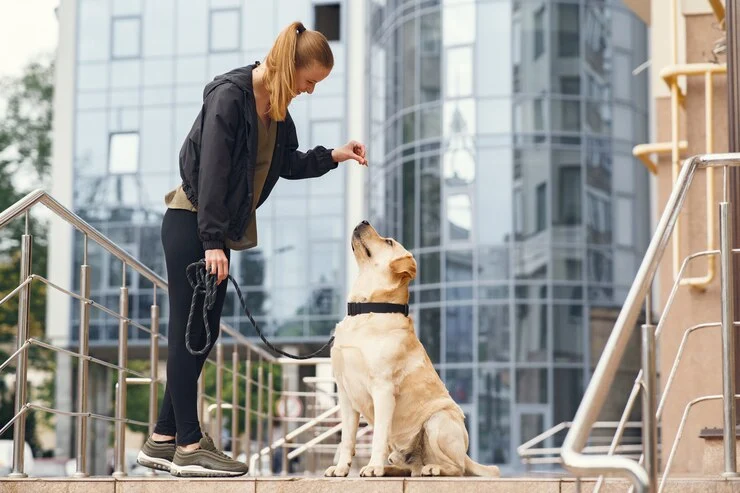Introduction
Embarking on the journey of training your dog is not just about obedience; it’s about fostering a strong bond and ensuring a harmonious relationship. In this guide, we unveil the strategies and top tips for effective dog training, catering to both novice pet owners and those looking to refine their training techniques.
Setting the Foundation: Basic Training Principles
Understanding Canine Psychology
Before diving into the specifics, grasp the basics of canine psychology. Learn how dogs perceive the world, communicate, and respond to various stimuli. This understanding forms the foundation for effective training.
Positive Reinforcement: The Key to Success
Discover the power of positive reinforcement in shaping your dog’s behavior. Explore the use of treats, praise, and rewards to reinforce desired actions, creating a positive association with the training process.
Essential Commands Every Dog Should Know
Sit, Stay, and Come: The Core Commands
Uncover the significance of fundamental commands like sit, stay, and come. Mastering these commands ensures your dog’s safety, enhances communication, and lays the groundwork for more advanced training.
Leash Training for Walks Without Tugs
Navigate the challenges of leash training, transforming walks into enjoyable experiences for both you and your furry companion. Learn techniques to eliminate pulling and instill leash manners.
Advanced Training Techniques
Mastering Tricks and Agility
Elevate your dog’s training to the next level by delving into advanced tricks and agility exercises. From shaking paws to navigating obstacle courses, engage your dog’s intellect and physical abilities.
Addressing Behavioral Issues
Tackle common behavioral issues such as excessive barking, chewing, or jumping. Understand the root causes and implement effective strategies to modify and redirect unwanted behaviors.
Tailoring Training to Your Dog’s Personality
Adapting Training Methods for Different Breeds
Recognize that each dog breed has unique characteristics and traits. Tailor your training approach to accommodate these differences, ensuring a personalized and effective training regimen.
Considering Age and Individual Needs
Adjust training techniques based on your dog’s age and individual needs. Whether you have a lively puppy or a senior dog, understanding their specific requirements enhances the training experience.
Frequently Asked Questions (FAQs)
How long does it take to train a dog?
Explore the factors influencing the duration of dog training and gain realistic expectations for the time and effort required to achieve desired results.
What should I do if my dog refuses to follow commands?
Address the common challenge of disobedience by understanding the reasons behind it and implementing effective strategies to encourage cooperation.
Is professional dog training necessary, or can I do it myself?
Evaluate the pros and cons of professional dog training versus DIY approaches, empowering you to make an informed decision based on your dog’s needs and your capabilities.
How can I make training sessions more enjoyable for my dog?
Infuse fun and excitement into training sessions by incorporating play, varied activities, and positive reinforcement, ensuring your dog looks forward to learning.
Are there specific training techniques for rescue dogs?
Discover specialized approaches for training rescue dogs, taking into account potential trauma and unique challenges they may bring to the training process.
What role does consistency play in dog training?
Understand the importance of consistency in reinforcing positive behavior and maintaining a structured training routine for long-term success.

Leave a Reply